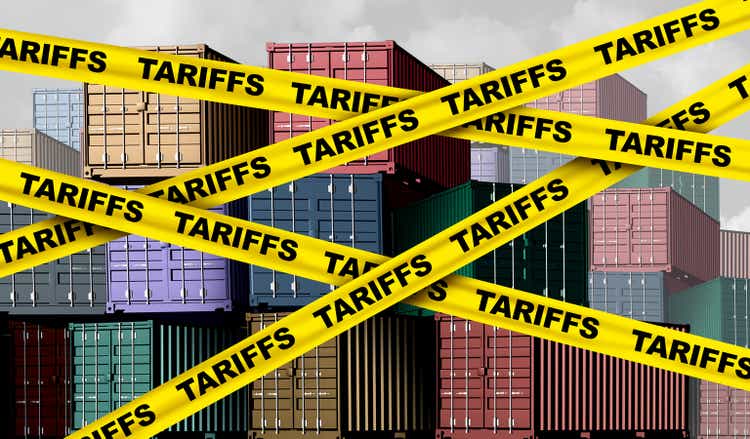Outside the Box
American consumers now will either do without low-cost products from China or pay higher prices
Published: June 13, 2025 at 7:50 a.m. ET
The Tokyo Round of trade negotiations that set most of today’s global trade tariffs lasted between 1973 and 1979. Even in the 1970s, the world was still in a post-World War II environment that regarded the U.S. as the No. 1 manufacturing center. America’s goal at that time was to rebuild the global system of trade. To do this, the U.S. needed healthy foreign economic partners. But most of the world was still recovering from the war, full currency convertibility was years away, and even the IMF floating-rates system was in its infancy.
The U.S. was willing to concede on manufacturing to gain more access for U.S. agricultural exports. For example, the U.S. didn’t export cars to Europe; it invested in European plants and built cars there, for example, Ford F in the U.K. and GM GM in Germany with Opel.
.png)
 3 weeks ago
3
3 weeks ago
3











 English (US) ·
English (US) ·